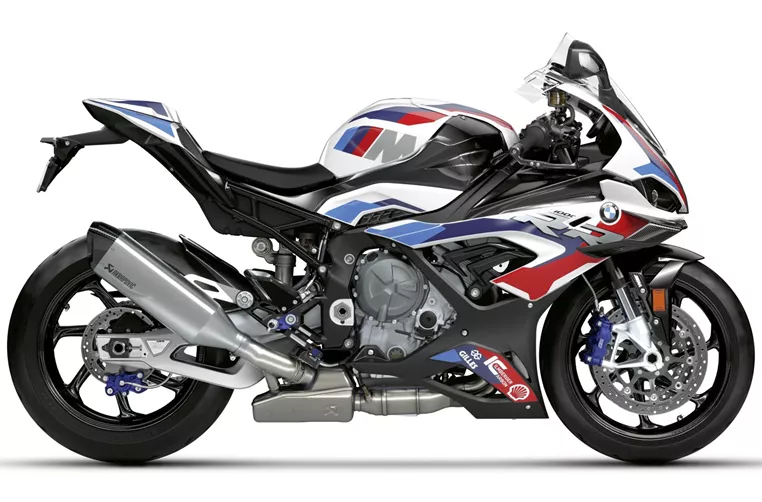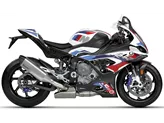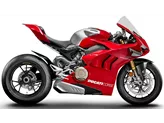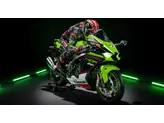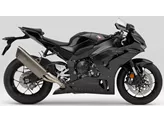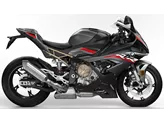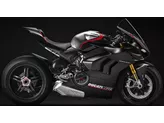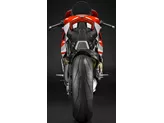Kawasaki Ninja ZX-10R 2021 vs. BMW M 1000 RR 2021
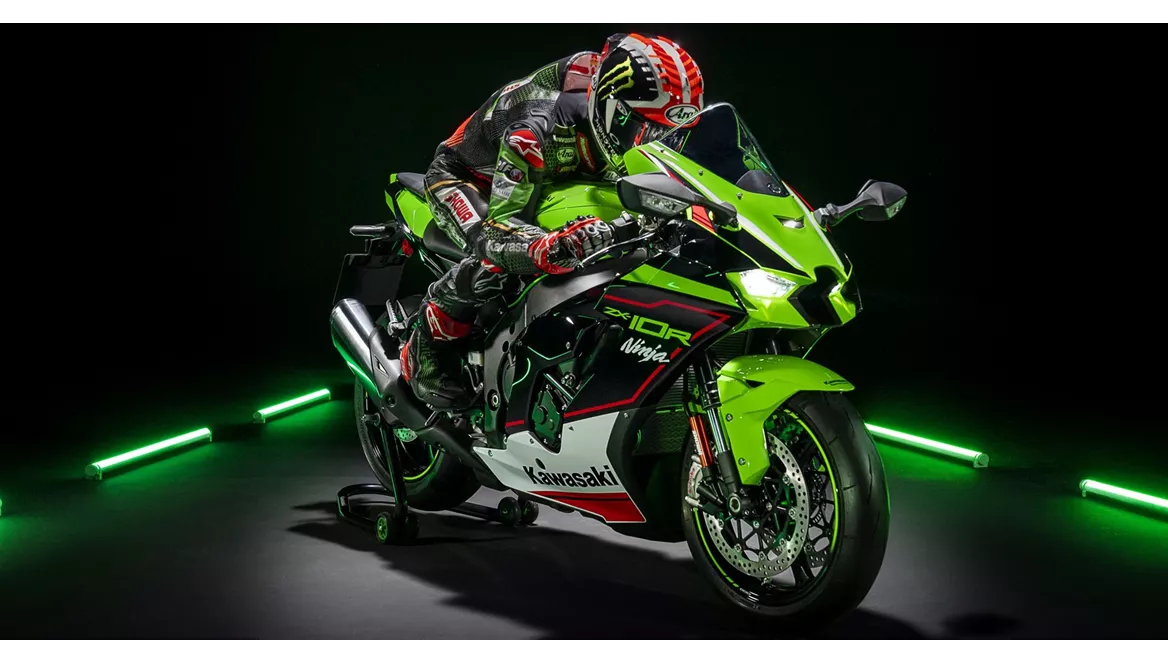
Kawasaki Ninja ZX-10R 2021
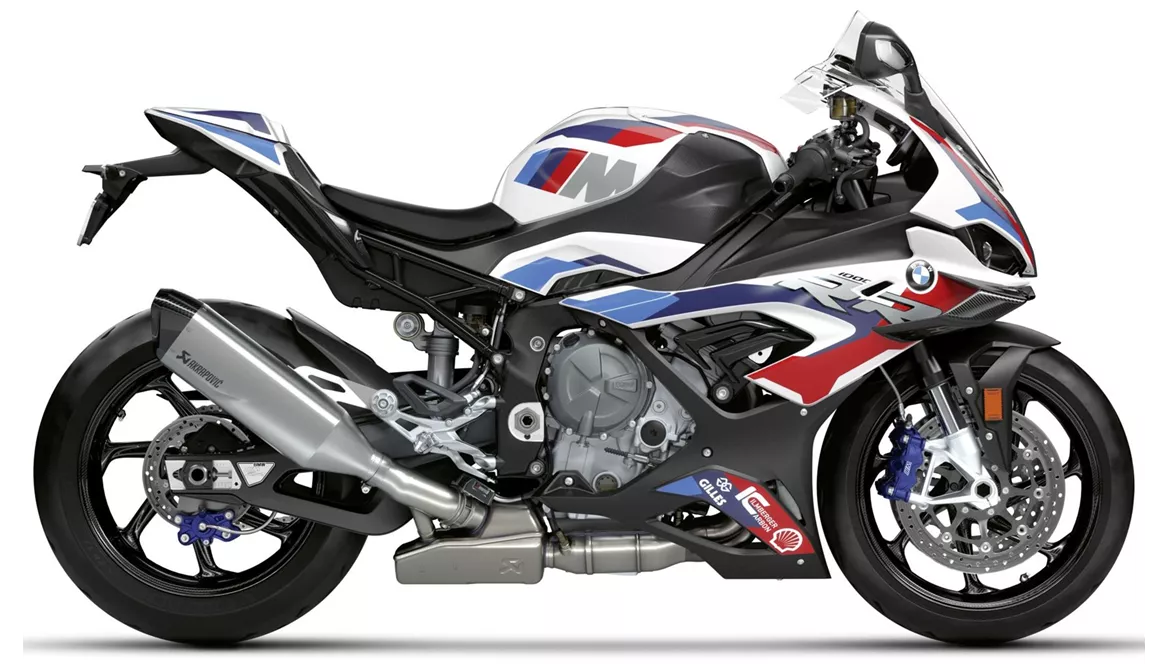
BMW M 1000 RR 2021
Overview - Kawasaki Ninja ZX-10R 2021 vs BMW M 1000 RR 2021
In terms of engine and drive train, both the Kawasaki Ninja ZX-10R 2021 and the BMW M 1000 RR 2021 have inline engines with four cylinders and four valves per cylinder. However, there are some differences in their specifications. The Kawasaki Ninja ZX-10R has a bore of 76 mm and a stroke of 55 mm, while the BMW M 1000 RR has a larger bore of 80 mm and a shorter stroke of 49.7 mm. This difference in dimensions may result in variations in power and torque output. The Kawasaki Ninja ZX-10R produces 203 HP of power and 114.9 Nm of torque, while the BMW M 1000 RR generates 212 HP of power and 113 Nm of torque. Both motorcycles have a compression ratio of 13, indicating their high-performance capabilities. The throttle bore of the Kawasaki Ninja ZX-10R is 47 mm, while the BMW M 1000 RR has a slightly larger throttle bore of 48 mm.
Moving on to the suspension, both motorcycles feature upside-down telescopic forks at the front and swing arm suspension at the rear. The Kawasaki Ninja ZX-10R has a front fork diameter of 43 mm, while the BMW M 1000 RR has a slightly larger diameter of 45 mm. Both motorcycles offer adjustable compression, preload, and rebound settings for the front and rear suspension, allowing riders to fine-tune their riding experience. The rear shock absorber of both motorcycles is made of aluminum, contributing to their lightweight and agile handling.
In terms of chassis, both the Kawasaki Ninja ZX-10R and the BMW M 1000 RR feature aluminum frames, offering a balance between rigidity and weight reduction. The trail, which determines the stability and maneuverability of the motorcycle, is 105 mm for the Kawasaki Ninja ZX-10R and 99.8 mm for the BMW M 1000 RR. This slight difference may result in variations in handling characteristics.
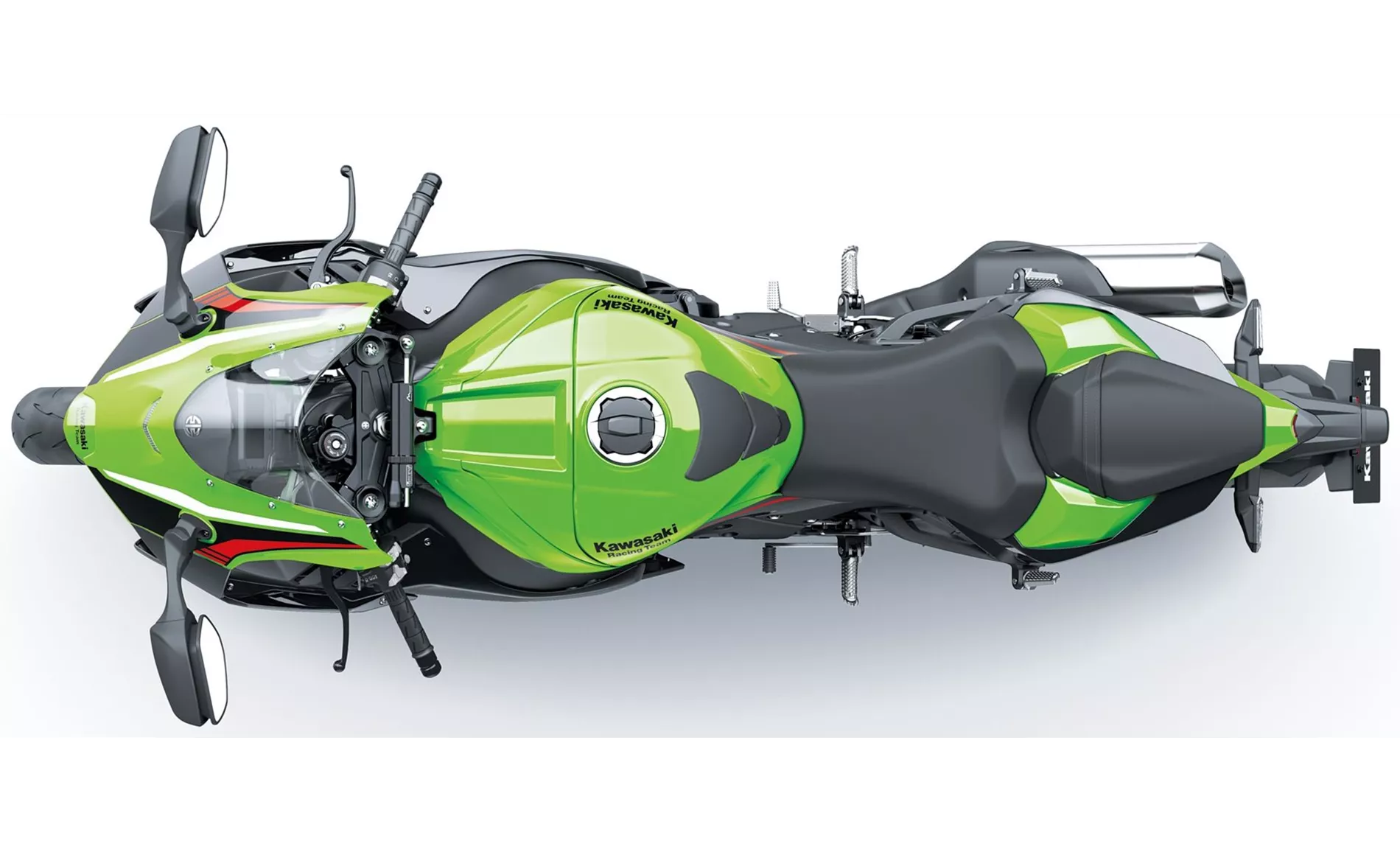
Kawasaki Ninja ZX-10R 2021
When it comes to brakes, both motorcycles are equipped with double disk brakes at the front. The Kawasaki Ninja ZX-10R has larger diameter disks of 330 mm, while the BMW M 1000 RR has slightly smaller diameter disks of 320 mm. Both motorcycles utilize radial technology for their front brakes, providing enhanced braking performance.
In terms of dimensions and weights, both motorcycles have a front tire width of 120 mm and a front tire diameter of 17 inches. However, there are some differences in their rear tire specifications. The Kawasaki Ninja ZX-10R has a rear tire width of 190 mm, while the BMW M 1000 RR has a wider rear tire width of 200 mm. Both motorcycles have a wheelbase of around 1440-1457 mm, providing stability and agility. The seat height of the Kawasaki Ninja ZX-10R is 835 mm, slightly higher than the 832 mm seat height of the BMW M 1000 RR. The fuel tank capacity of the Kawasaki Ninja ZX-10R is 17 liters, while the BMW M 1000 RR has a slightly smaller capacity of 16.5 liters.
In terms of strengths, the Kawasaki Ninja ZX-10R 2021 offers high-quality workmanship, strong components, and a high-revving and powerful engine. It also provides great wind protection, good aerodynamics, and a comfortable seating position for tall riders. The motorcycle features a high-quality electronics package, powerful brakes, and a well-balanced chassis, ensuring a thrilling riding experience.
On the other hand, the BMW M 1000 RR 2021 offers a smooth overall package with strong brakes and a precise chassis. It boasts noble details that are a joy to behold in the paddock and offers great responsiveness. The motorcycle has a rev-happy engine with a great torque curve, allowing for a harmonious transition from load to push mode.
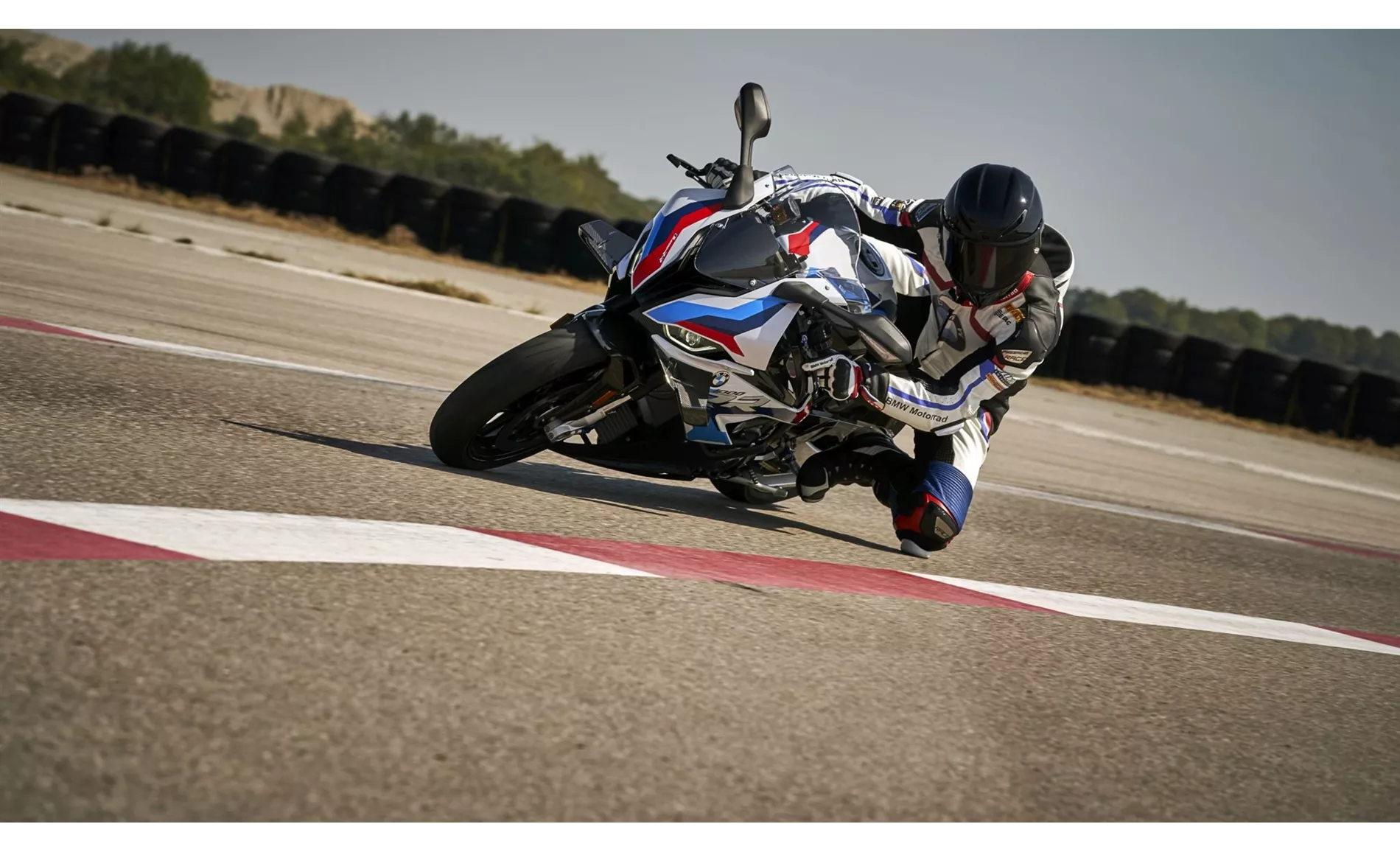
BMW M 1000 RR 2021
However, both motorcycles have their weaknesses. The Kawasaki Ninja ZX-10R 2021 experiences load change reactions in the partial load range and has a somewhat slow quickshifter. It also has a somewhat small display, which may affect visibility for riders.
The BMW M 1000 RR 2021, on the other hand, has a price package that is not customer-friendly but sales-friendly. The footrests could do with more grip on the track, and a higher and harder seat option may be desirable for some riders.
In conclusion, both the Kawasaki Ninja ZX-10R 2021 and the BMW M 1000 RR 2021 are high-performance supersport motorcycles with their own unique strengths and weaknesses. Riders can choose between the Kawasaki Ninja ZX-10R for its high-quality workmanship, powerful engine, and well-balanced chassis, or the BMW M 1000 RR for its smooth overall package, precise chassis, and rev-happy engine. Ultimately, the choice between the two will depend on the rider's preferences and priorities.
Technical Specifications Kawasaki Ninja ZX-10R 2021 compared to BMW M 1000 RR 2021
Pros and Cons in comparison
Pros and Cons in comparison
Kawasaki Ninja ZX-10R 2021
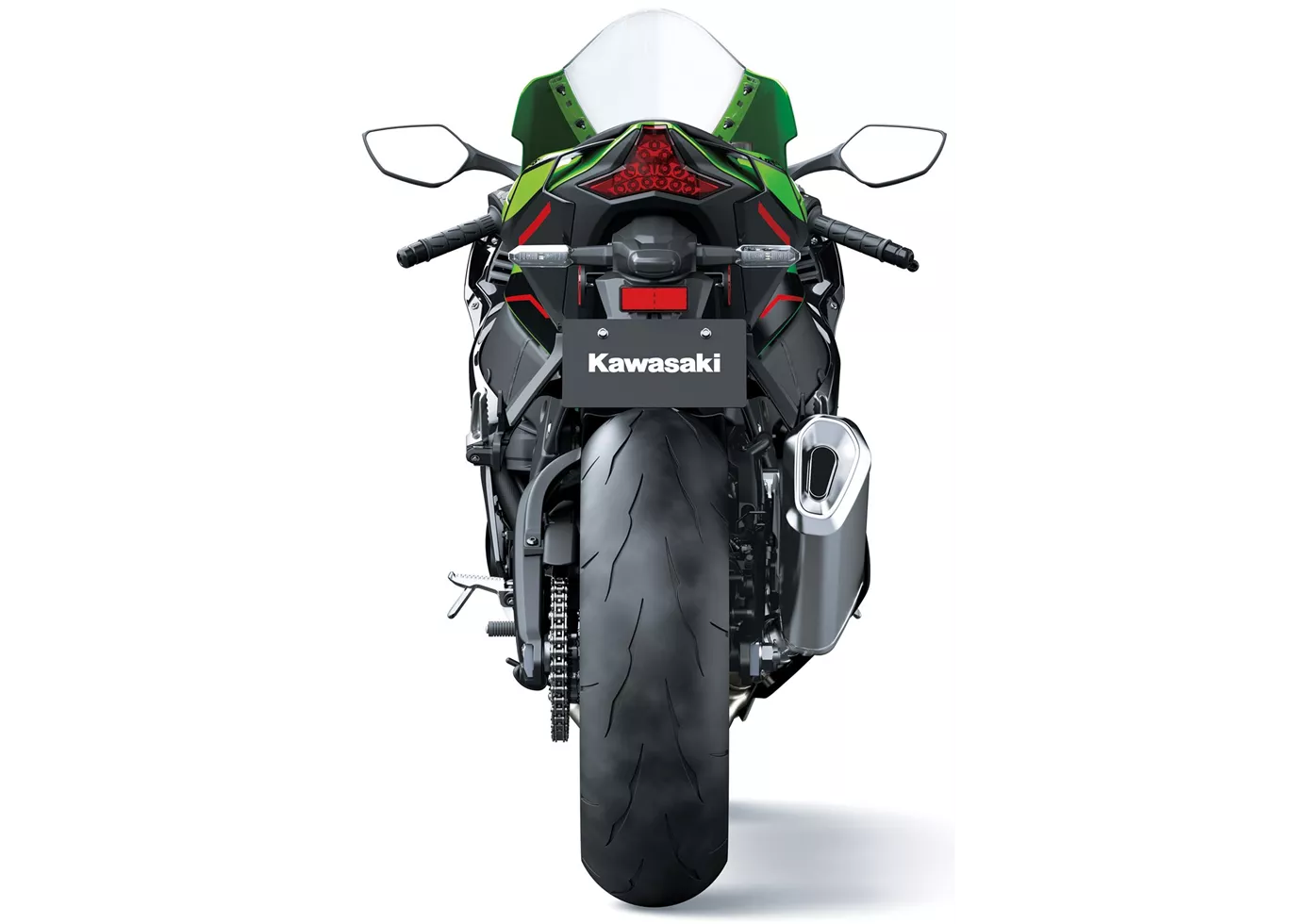
Kawasaki offers a mature overall package with the Ninja ZX-10R in the 2021 model year, which with the new front end also really looks like 2021. The bike offers surprisingly good space for the rider and you feel comfortable in the saddle. The rev-happy engine leaves nothing to be desired - except perhaps more discipline in the part-load range. To make the project a success, Kawasaki relies on high-quality ingredients: Showa suspension, Öhlins steering dampers, Brembo brakes with 330 discs and high-quality electronics. Thanks to the good electronics and the superior engine, the Ninja ZX-10R even cuts quite a figure on country roads - as long as you are willing to suffer a little in terms of seating position due to the concept.
BMW M 1000 RR 2021
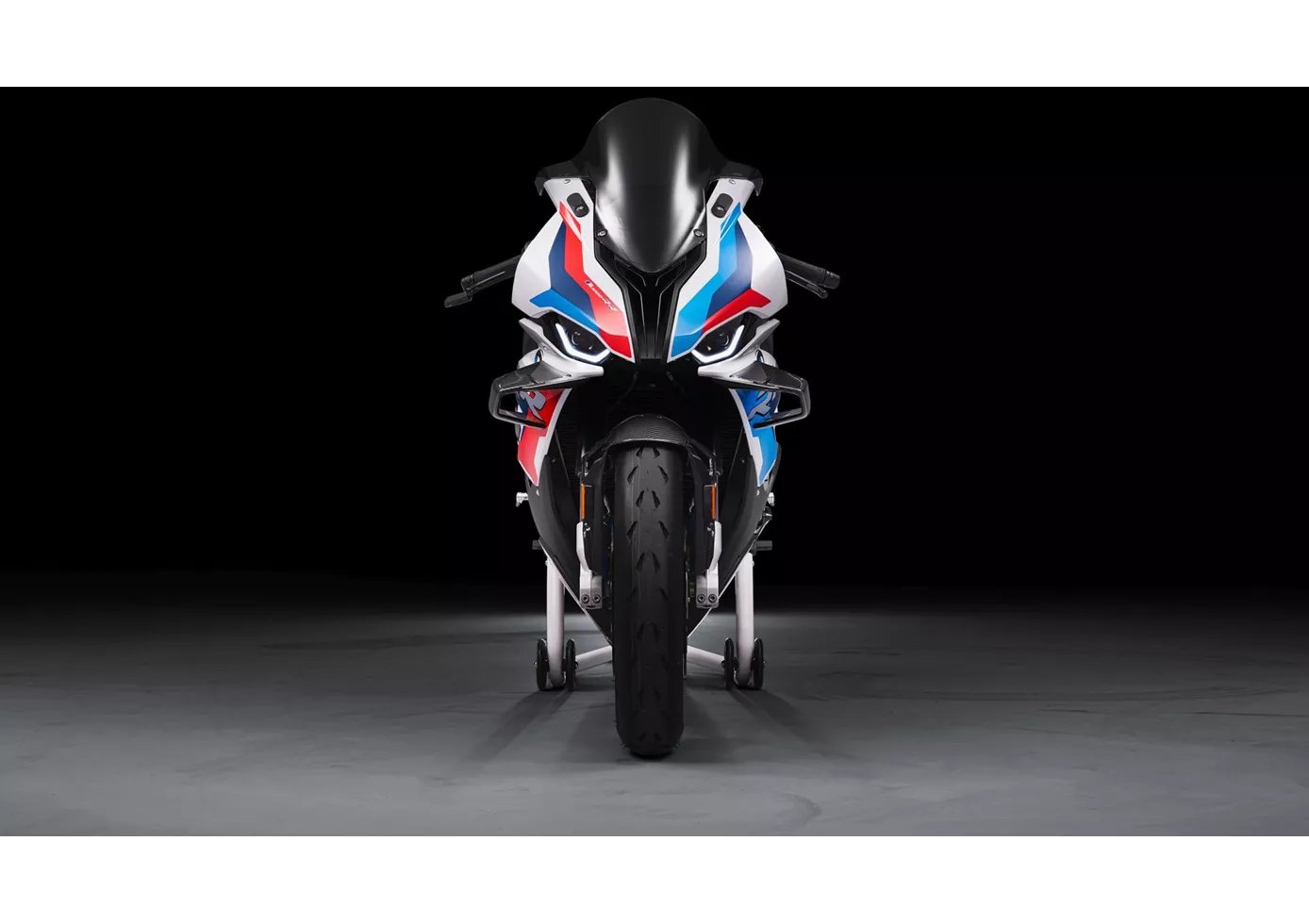
The price of the M1000RR is only shocking at first glance. In the saddle, you are more shocked by the power and braking performance. The machine is a fully tuned racing bike straight from the BMW factory. Those who don't like to screw but still like to race will be happy with it. A noble and practical superbike!
Price Comparison Avarage Market Price Kawasaki Ninja ZX-10R vs BMW M 1000 RR
There are a few key differences between a Kawasaki Ninja ZX-10R 2021 and a BMW M 1000 RR 2021. It takes less time to sell a BMW M 1000 RR with 127 days compared to 177 days for the Kawasaki Ninja ZX-10R. Since model year 2005 1000PS.de editors have written 51 reviews for the Kawasaki Ninja ZX-10R and 14 reviews for the BMW M 1000 RR since model year 2021. The first review for the Kawasaki Ninja ZX-10R was published on 1/11/2004 and now has more than 2,900 views. This compares to more than 105,600 views for the first review on BMW M 1000 RR published on 9/23/2020.

